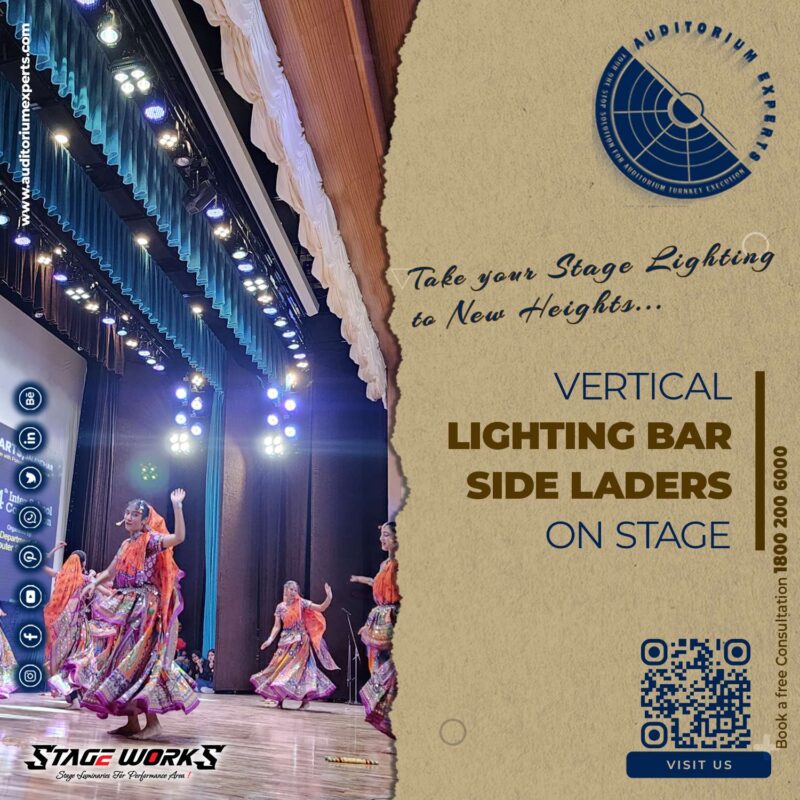Designing the Future of Performance
The Evolving Landscape of Auditorium Acoustics
The world of performance is in constant flux. Technological advancements, shifting audience expectations, and a growing awareness of sustainability are all reshaping how we design and experience live events. For auditoriums, this means a move beyond simply providing a space for sound; it’s about crafting an immersive and unforgettable experience for both performers and attendees. This requires a holistic approach, integrating architectural design, acoustic engineering, and cutting-edge technology to create truly remarkable venues.
Beyond Acoustics: The Multi-Sensory Auditorium
The future of performance isn’t solely about pristine acoustics. While excellent sound remains paramount, today’s audiences expect a multi-sensory experience that engages all their senses. This means considering factors beyond sound, such as lighting design, visual effects, and even the tactile qualities of the seating and materials used in the construction. Imagine an auditorium where the lighting subtly shifts to complement the music, where haptic feedback enhances the performance, and where the very architecture of the space contributes to the emotional impact of the event. This integrated approach demands a collaborative effort between architects, acoustic engineers, lighting designers, and technology specialists.
Technology’s Transformative Role
Technology is rapidly changing the performance landscape. From advanced sound systems capable of creating incredibly realistic and immersive soundscapes to interactive projection mapping that transforms the stage into a dynamic canvas, the possibilities are endless. High-resolution video screens, sophisticated lighting control systems, and even augmented reality (AR) applications are all being integrated into modern auditorium designs. The challenge lies not only in incorporating these technologies but also in seamlessly integrating them into the overall design aesthetic, ensuring they enhance, rather than detract from, the performance.
Sustainability in Auditorium Design
Environmental considerations are no longer an afterthought; they are an integral part of responsible auditorium design. The future of performance necessitates a commitment to sustainability, from utilizing eco-friendly building materials to implementing energy-efficient technologies. This includes exploring renewable energy sources, optimizing HVAC systems, and incorporating strategies for water conservation. Designing sustainable auditoriums not only reduces environmental impact but also contributes to a more responsible and ethical approach to the arts.
The Human Element: Designing for Comfort and Accessibility
While technology and aesthetics are crucial, the human element remains paramount. A successful auditorium design prioritizes the comfort and accessibility of both performers and the audience. This means considering factors such as seating ergonomics, sightlines, accessibility for individuals with disabilities, and creating a welcoming and inclusive atmosphere for all. The ultimate goal is to create a space that enhances the human experience, fostering a sense of connection and community.
The Future is Collaborative: A Multidisciplinary Approach
Designing the future of performance requires a collaborative effort. Architects, acoustic engineers, lighting designers, technology specialists, and even performance artists themselves must work together to realize a vision that transcends the limitations of traditional auditorium design. By embracing innovation, prioritizing sustainability, and focusing on the human experience, we can create auditoriums that are not only technologically advanced but also inspiring, engaging, and truly transformative.
Keywords:
Auditorium design, acoustics, performance space, technology in performance, sustainable auditoriums, multi-sensory experience, immersive sound, lighting design, accessibility, architecture, collaboration, future of performance, event venue design, theatre design, concert hall design, audio visual integration.


 Stage Side Ladder
Stage Side Ladder